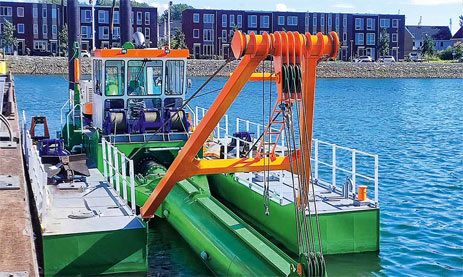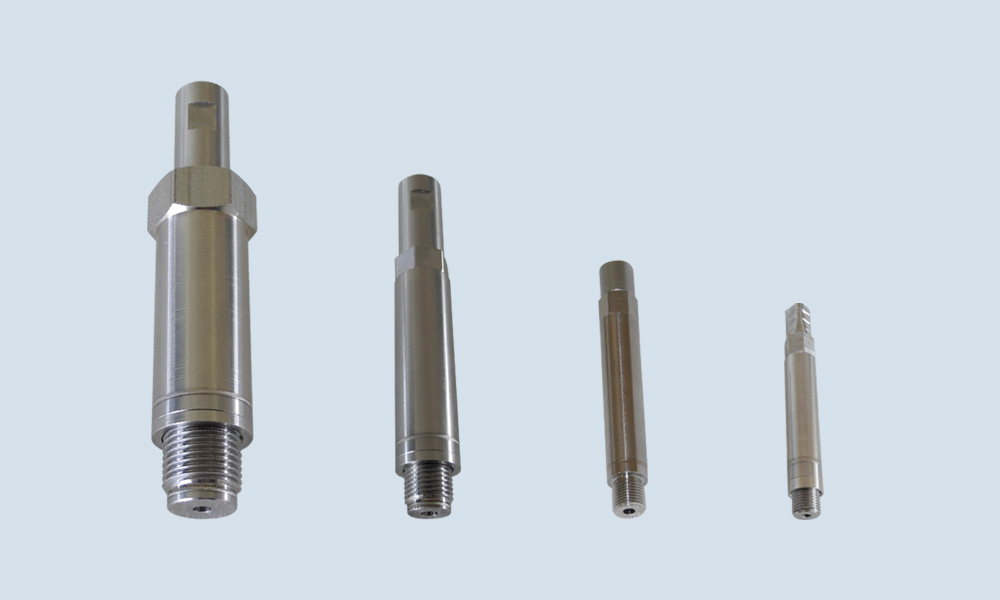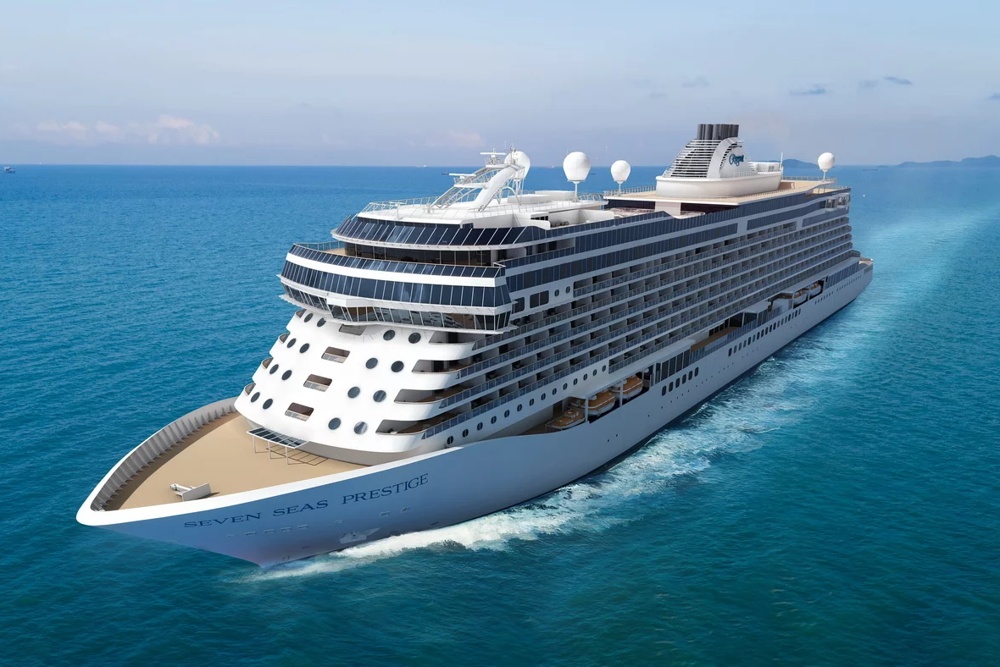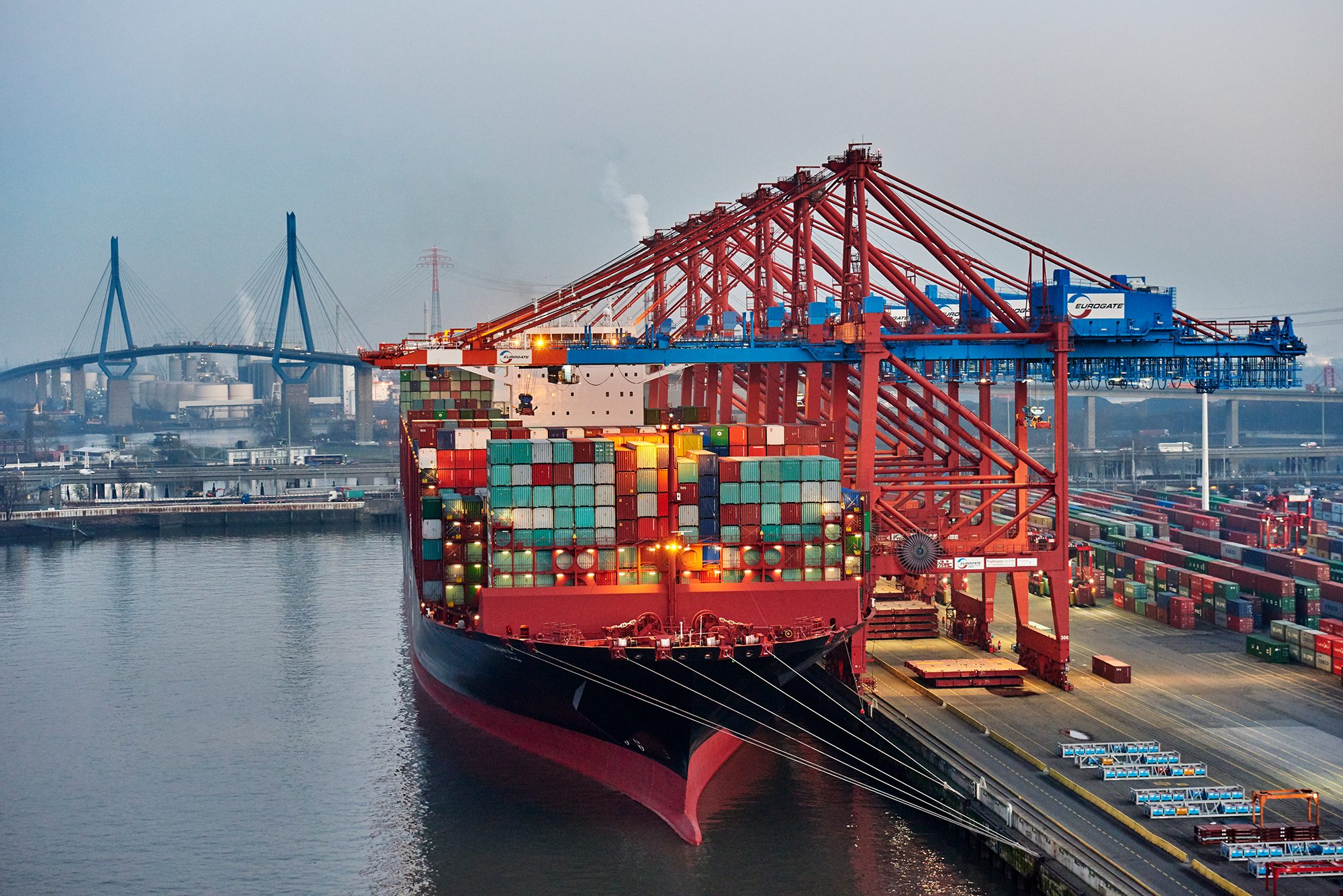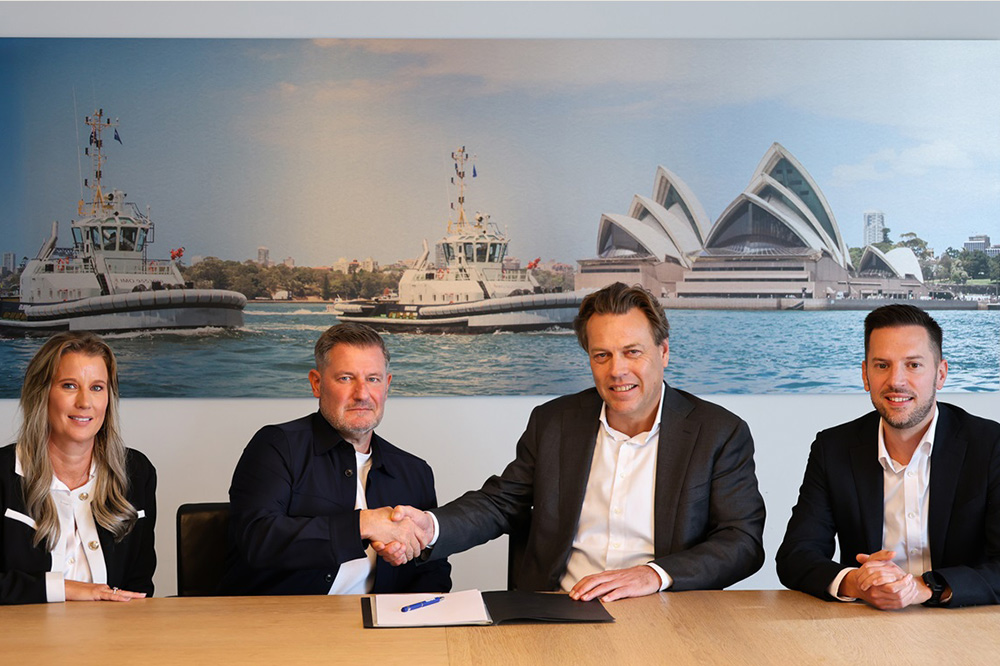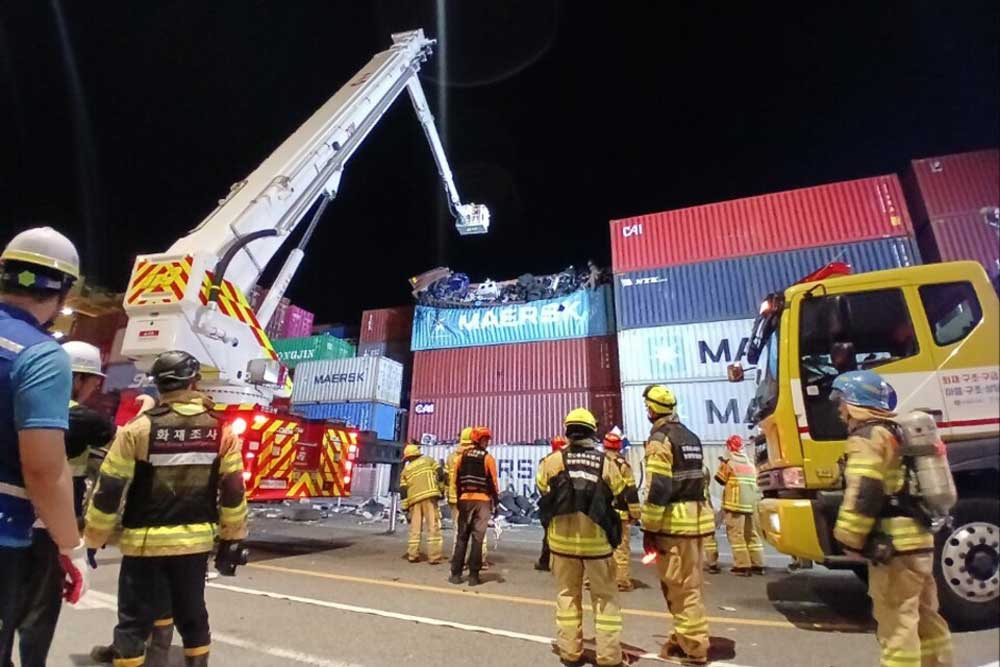Early Tuesday morning, the British transport ship “Pacific Grebe”, carrying seven containers of nuclear waste, arrived at the Rhenus-Midgard pier in the German port of Nordenham.
There, the Castor containers are to be transferred to special wagons and transported to Lower Bavaria. The water police were on site with half a dozen patrol boats.
The destination of the radioactive cargo is the Isar interim storage facility, as a spokesperson for the Gesellschaft für Nuklear-Service (GNS) explained to the German Press Agency. The interim storage facility is located at the former and decommissioned Isar nuclear power plant in the district of Landshut. Block I was already shut down in 2011, Block II was taken off the grid in 2023.
Even before the arrival of the “Pacific Grebe”, there was an extensive police presence on land and on the water, and the port in Nordenham was also extensively secured by the police. There were therefore no obstructions caused by demonstrators when the ship arrived.
The ship arrived on the Weser from the British reprocessing plant in Sellafield. Seven HAW28M Castor casks, each containing 28 glass canisters of highly radioactive waste and weighing around 120 tons, are said to be on board the 104-metre-long “Pacific Grebe”. These were transported by rail from Sellafield to the port of Barrow-in-Furness, 65 km away, where they were loaded onto the special ship.
The containers will then be transported by train from Nordenham to the interim storage facility in the Landshut district over the next few days. As part of the crane loading onto the train wagons, measurements will be carried out by experts, GNS announced. It had to be proven that the legally prescribed radiation limits – technically: local dose rate limits (ODL) – were reliably adhered to. Corresponding measurements had already been carried out at Sellafield. According to GNS, details of the transport route and schedule will not be published for safety reasons.
Germany takes back nuclear waste
The nuclear waste was produced during the reprocessing of fuel elements from German nuclear power plants at Sellafield in the UK. The Federal Republic of Germany and the German power plant operators have undertaken to take back this waste. There is a lot of criticism of the transportation of the hazardous material. For example, environmentalists see shortcomings in the interim storage facilities as well as safety deficits in the nuclear waste containers. In addition, there is still no concept for the final storage of nuclear waste in Germany. Opponents of nuclear power have called for a vigil on the square in front of Nordenham station this afternoon.
The last time there was a Castor transport by rail from Nordenham to the interim storage facility in Biblis, Hesse, was in November 2020. At the time, around 3,000 police officers were deployed along the entire railroad line in Lower Saxony and Bremen alone to secure the route.
The “Pacific Grebe” of Pacific Nuclear Transport Limited (PNTL), which was delivered in 2010, is classified as an INF3 special ship. The INF Code was defined by the International Maritime Organization (IMO) of the United Nations and regulates the maritime transport of packaged irradiated nuclear fuel, plutonium and high-level radioactive waste. The code defines ship classes based on the total inventory of radioactivity that a ship is permitted to transport. The “Pacific Grebe” and the two other ships in the PNTL fleet, the “Pacific Heron” and the “Pacific Egret”, are classified according to the highest level, INF3. INF3 ships are authorized to transport irradiated nuclear fuel, high-level radioactive waste or plutonium without restrictions on the total radioactivity of the materials. (CE)










